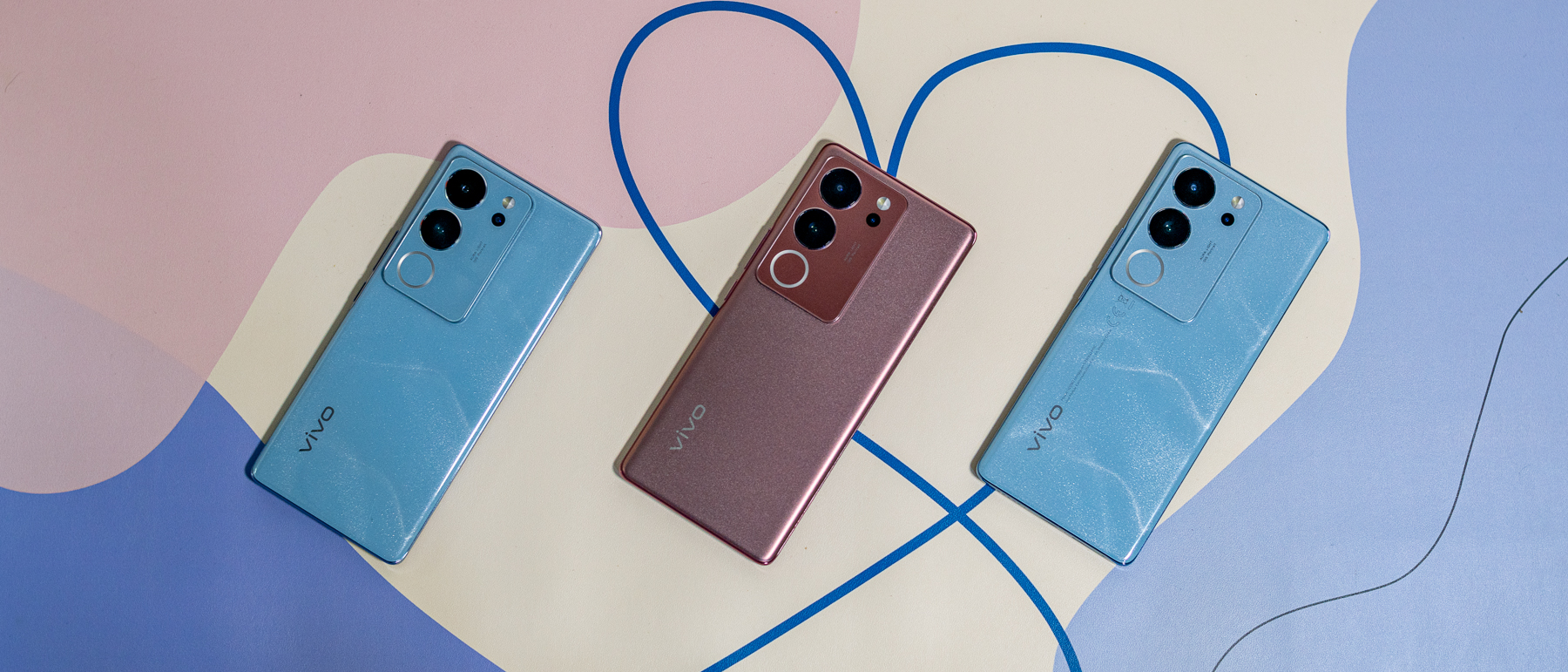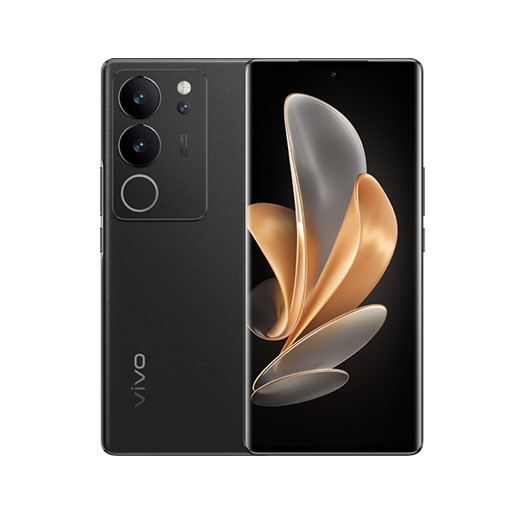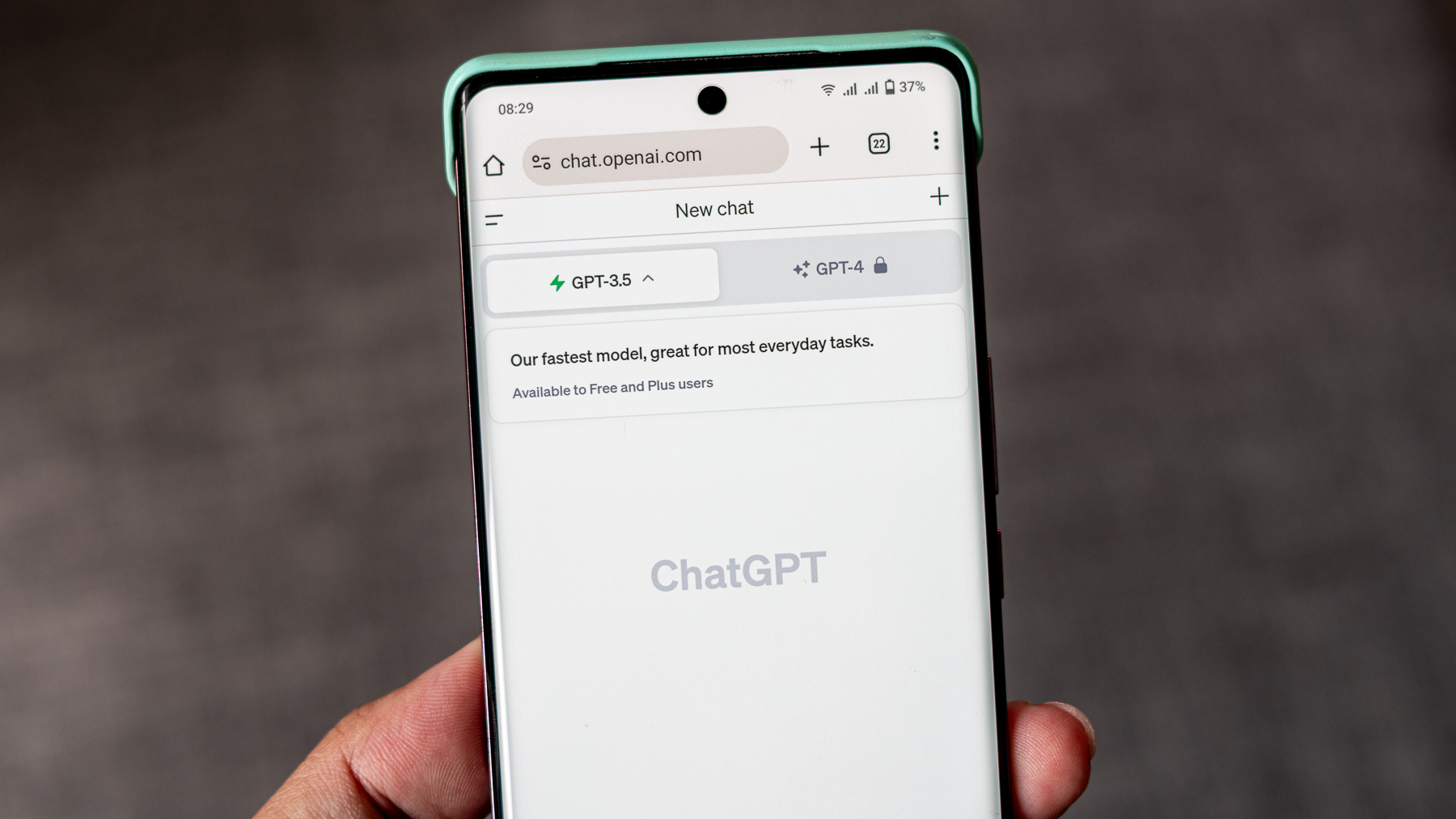Android Central Verdict
If you're looking for a phone that's top-notch without the hefty price tag, the Vivo V29 and V29 Pro are both great options. They've got great cameras, a smooth 120Hz display, and come in at a fraction of the cost of flagship phones. The vanilla model is perfect for everyday use, but if you're a gamer, the Pro model is the way to go.
Pros
- +
Stunning low-light photos
- +
Primary sensors are great
- +
Bright and crisp AMOLED screen
- +
IP68 rating for the V29
- +
Unique design for both variants
- +
Fast charging capabilities
Cons
- -
The V29 has a slippery back
- -
No wireless charging for both models
- -
Subpar performance for the V29
- -
The Pro model has no IP rating
- -
No stereo speakers
Why you can trust Android Central
Smartphone makers love to show off their latest and greatest flagship phones with much fanfare at product launches. These devices often cost nearly a thousand dollars, but do you really need to spend that much money on a phone?
Vivo says no. With the V29 and V29 Pro, the company is trying to prove you can get a great phone with flagship-like features without spending a fortune. Vivo has been on a roll in the mid-range phone category, and it's all thanks to its phones' great cameras and reasonable prices.
The company's new mid-rangers use the same formula as their predecessors, the Vivo V27 and V27 Pro (which I reviewed earlier this year), and add a bit of extra flare to make them appealing to consumers. So, let's take a closer look at these two devices and see how they perform in the real world.
Vivo V29 and V29 Pro: Price and availability
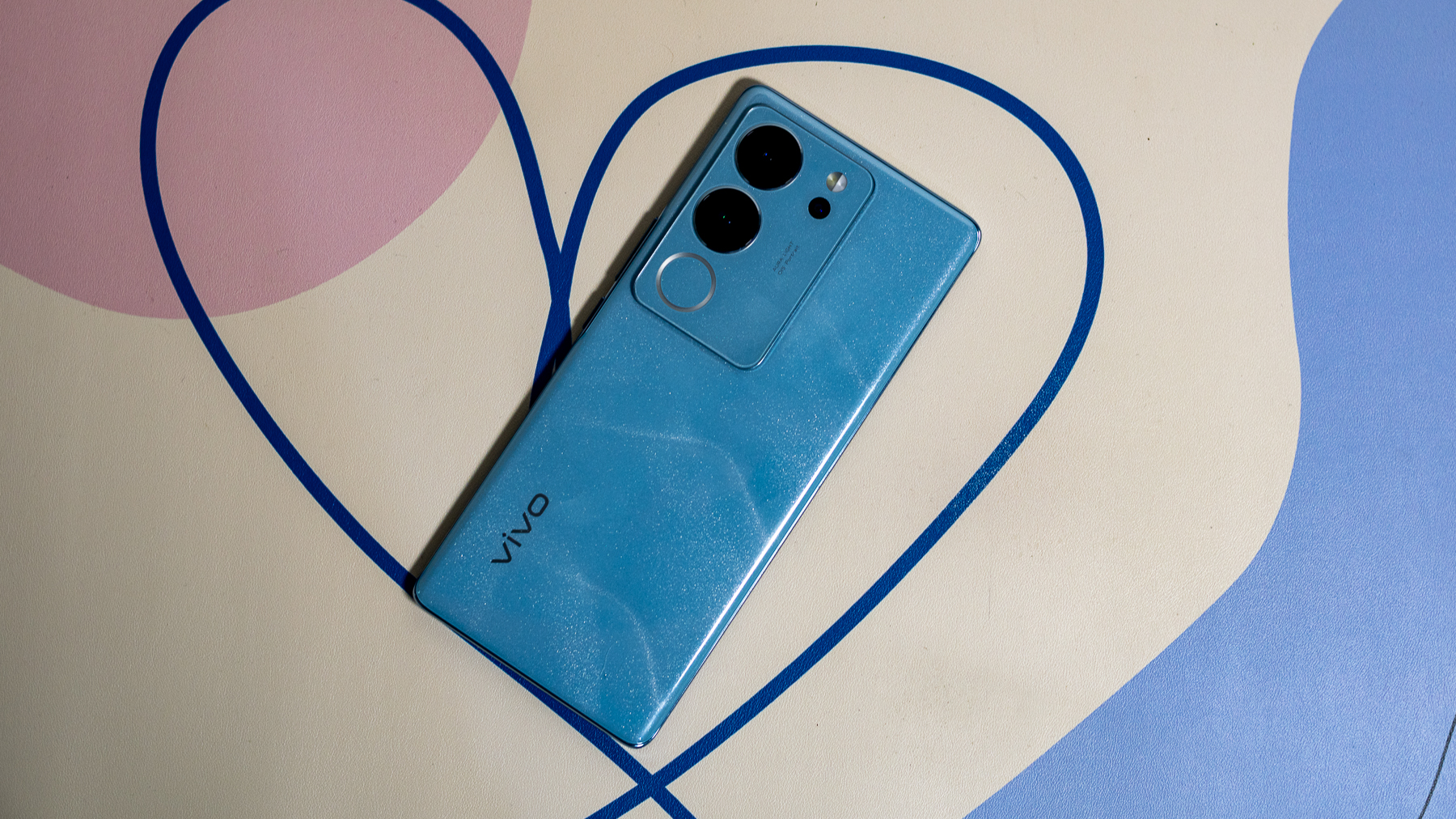
The Vivo V29 is only available in a few markets right now, but Vivo says it will be available in nearly 40 countries across Europe, Asia, and Latin America in the future. In Spain, it costs €529. It also launched in India on October 4 at a starting price of ₹32,999.
Meanwhile, the Vivo V29 Pro is officially available in India for around ₹40,000 (approximately $480).
Vivo V29 and V29 Pro: Design
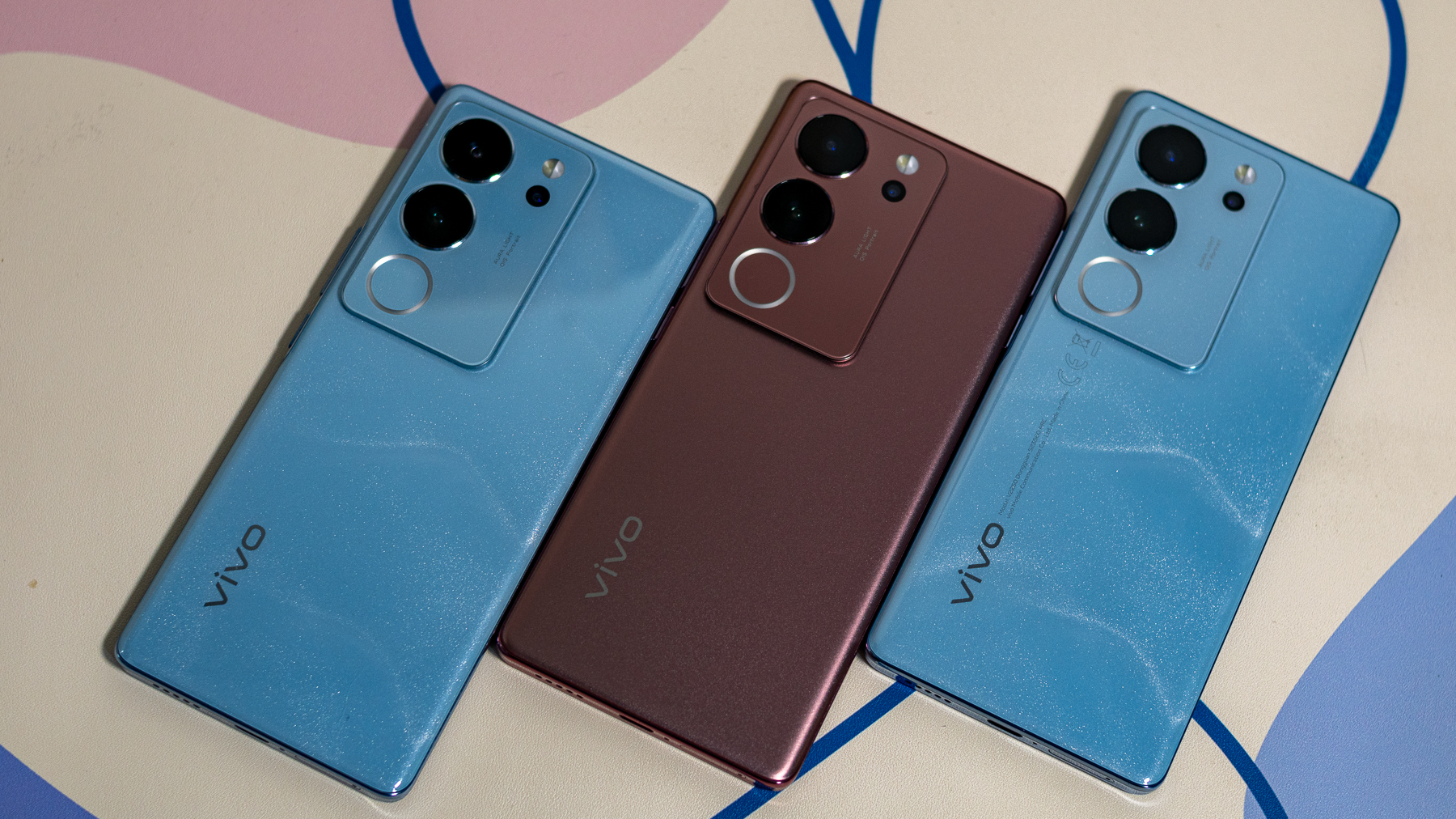
Distinguishing between the Vivo V29 and V29 Pro can be a bit tricky, even if you have both right in front of you. Let's start by checking out the only noticeable external contrast—the back. The Vivo V29 series offers vibrant choices, such as Himalayan Blue, Majestic Red, and Space Black. Just like its predecessors, all these models showcase Vivo's Fluorite AG Glass back, a nifty feature that changes color when hit by sunlight or UV light.
The Majestic Red and Space Black versions rock that signature thermochroic glass back, but the Himalayan Blue one goes with a surprisingly sleek and premium-feeling plastic back.
On the other hand, the V29 Pro only has a couple of hues—Himalayan Blue and Space Black. However, only the blue variant plays the color-changing game. Its design is inspired by mountain peaks, packing around 15 million tiny magnetic particles that make the color shift and shimmer with every move, according to Vivo. Space Black is still awesome, but the blue one is next-level mesmerizing.
I got to play around with both the Himalayan Blue and Majestic Red flavors of the V29, and they've got this dazzling thing going on. The Himalayan Blue keeps it chill with a consistent color vibe, while the Majestic Red takes you on a journey from a light purple hue to a deeper shade in one smooth, gradient move.
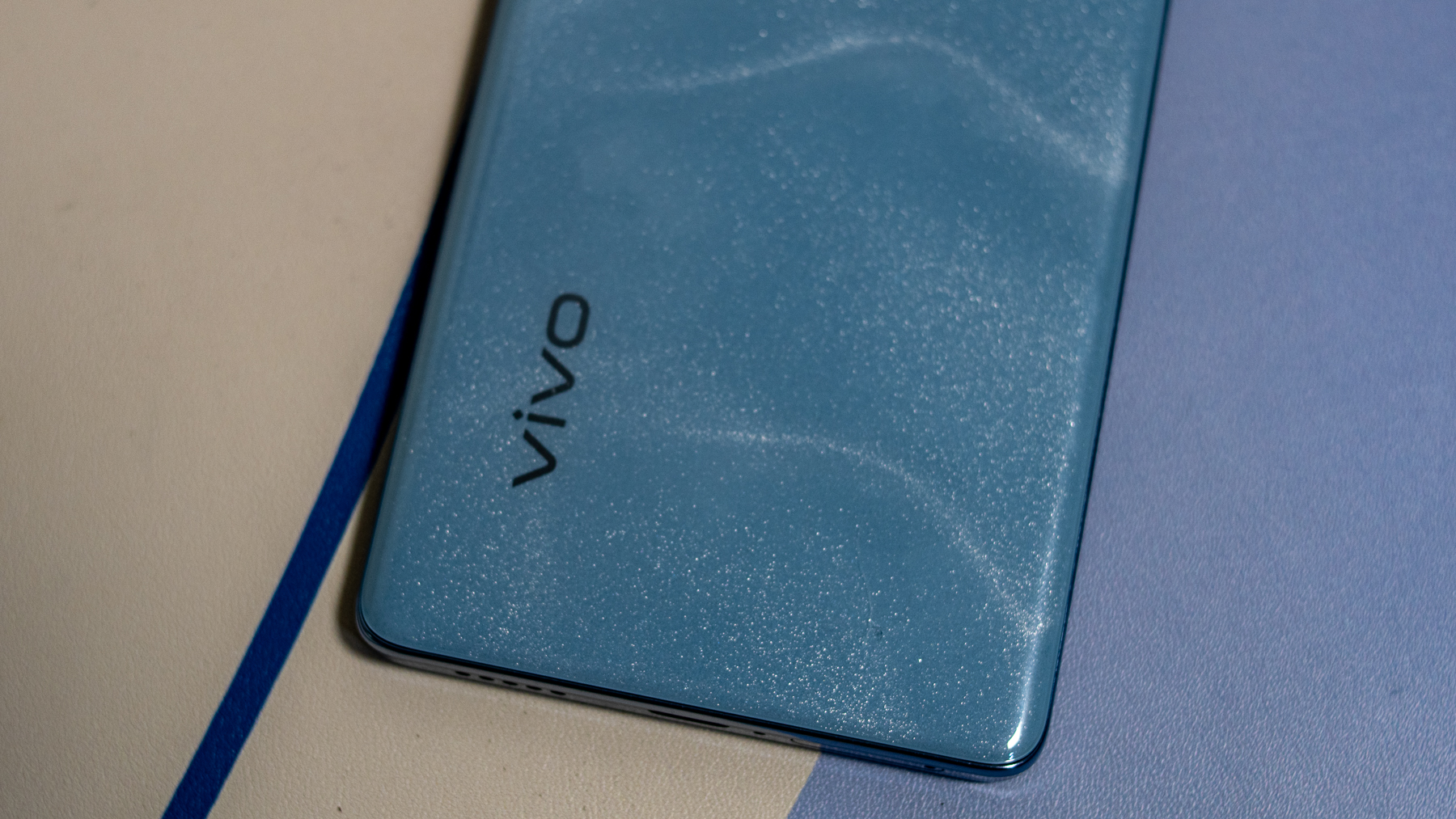
When it comes to how the Vivo V29 and V29 Pro feel and look in your hand, they're practically twins. Besides the glass (or plastic) back finish, there's not much setting them apart. They both rock a substantial camera module that takes up a large portion of their backs. But it's not as chunky as the ones you'll find on some other flagship phones. That means these babies slide into your pocket with ease.
Both models feature the same curved glass front and back, held together by a plastic frame. Flip it over, and you're greeted by the same trio of cameras and the stylish Aura Ring light.
Both the V29 and V29 Pro are a little slippery to hold, but Vivo has your back with a clear TPU case it throws in the box. Now, durability is where the V29 flexes a bit. It boasts an IP68 dust and water-resistant tag, which isn't your usual feature in budget smartphones. It means this phone can handle decent water exposure, with submersion below one meter. Not that I tried it myself—I'm not that brave. On the other hand, the Pro model, oddly enough, doesn't sport the same waterproof bragging rights.

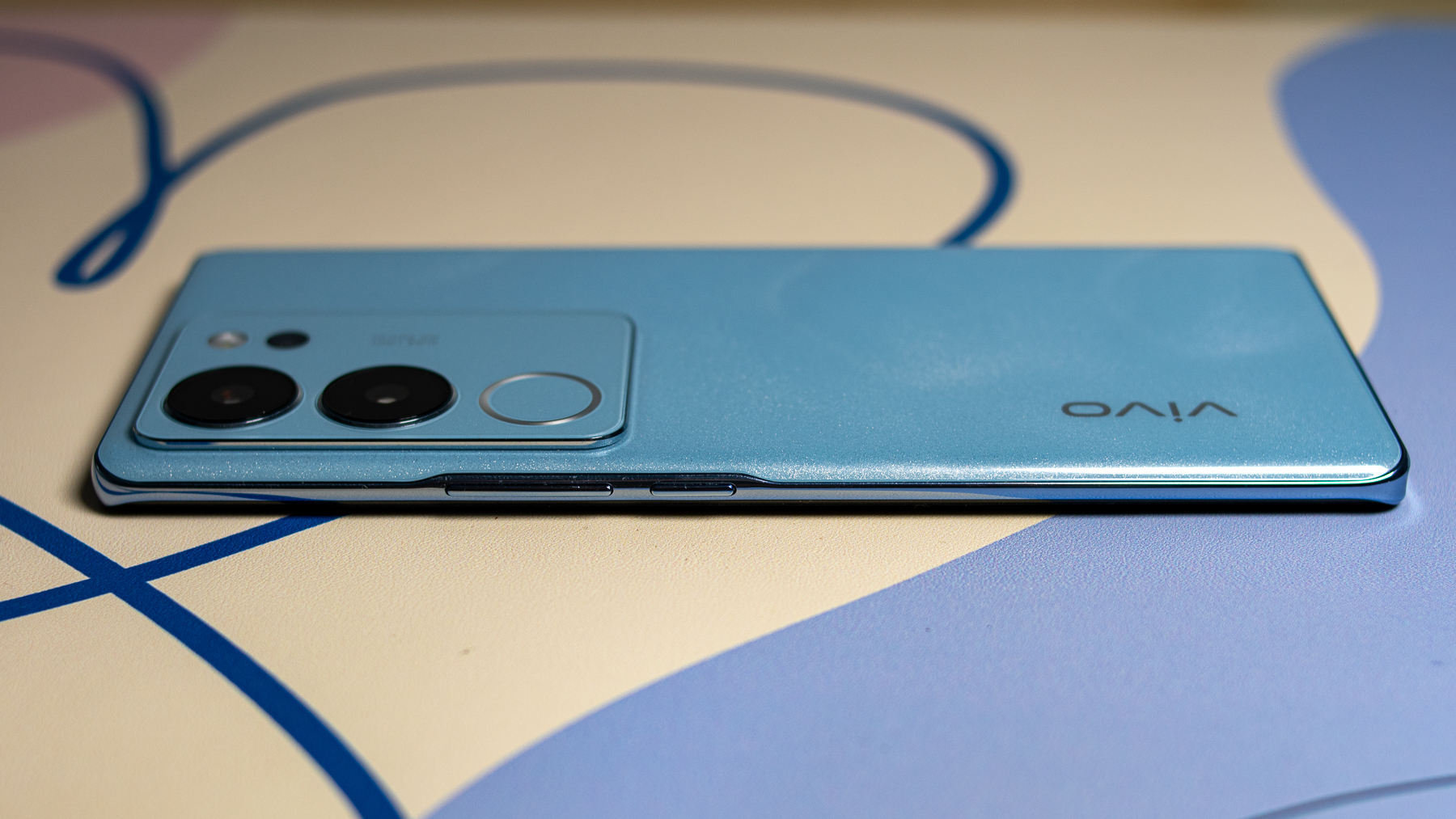
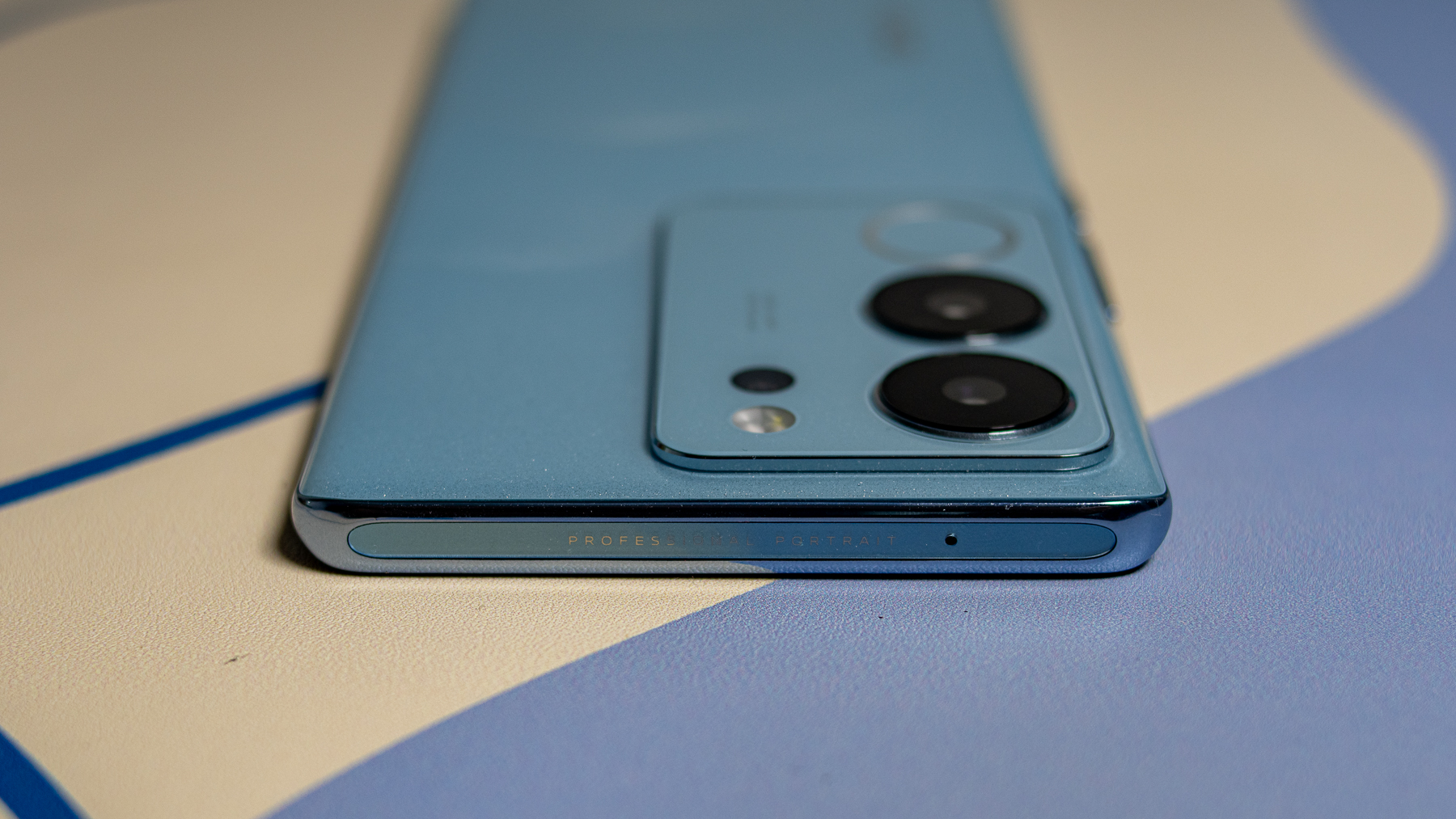
Down at the bottom, you've got the usual suspects: a USB-C port, a speaker grill, and the SIM tray. On the right side, you'll find the power button and volume rockers.
Like its V27 siblings, the V29 series is rocking the Aura Light Portrait System in its camera game. It's got the main camera sensor, a bit of software tricks, and the ring light back flash, all teaming up to make your subjects shine.
Now, don't get me wrong, both models do churn out some pretty stellar flash portraits. But the Aura light is on the smaller side, so you're not getting that full-blown light ring effect you see in those fancy professional images.
Despite being relatively affordable, the V29 and V29 Pro don't compromise on quality. With their solid build and eye-catching design, these phones feel like high-end devices.
Vivo V29 and V29 Pro: Display
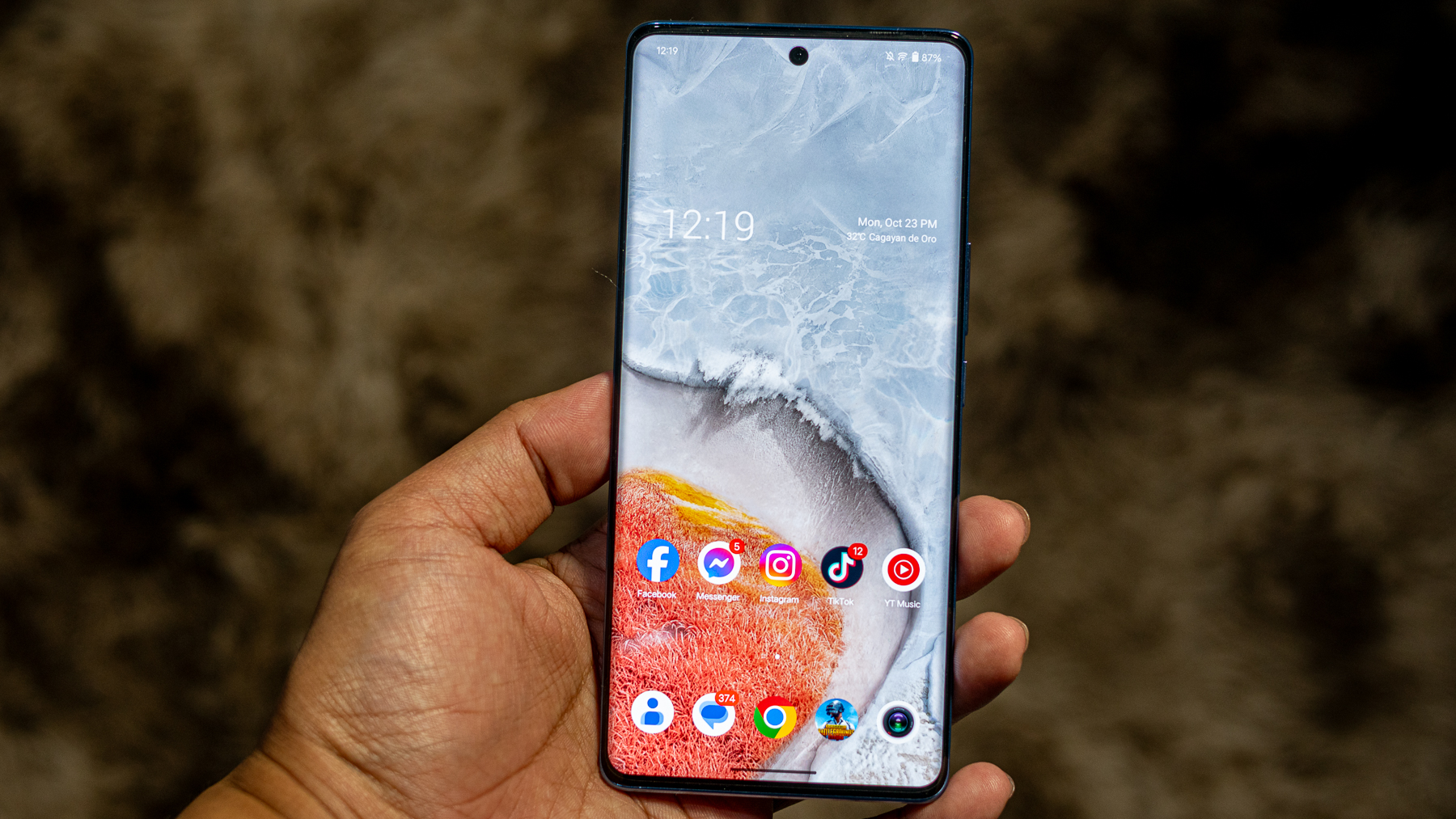
Now, let's talk screens. Both versions keep it consistent with a 6.78-inch AMOLED display that's a joy to use. The smooth 120Hz refresh rate makes everything feel extra snappy, and the brightness holds its own against the sun, so no squinting necessary.
These models stick with the same color reproduction controls we've seen before, giving you three basic presets to play with. You've got your Standard, Pro, and Bright presets, plus the option to tweak the color temperature of each. It's pretty much the same color controls you'll find on other phones from the BBK-owned company.
Whether you're playing games, browsing the web, or watching videos, the Vivo V29 is all about making those experiences top-notch. As a bonus, Vivo throws in some nifty display tech to cut down on blue light and screen flickering, giving your eyes a little extra love and protection.
While many top-tier Android phones are going all-in on flatter displays, there's something cool about Vivo's mid-range models rocking those curved edges. It gives these phones a slick and premium vibe. The side bezels keep it minimal, and even the top and bottom ones are playing it small.
Vivo V29 and V29 Pro: Performance

The highlight of the show when it comes to performance is the Vivo V29 Pro, especially when you pit it against its regular buddy. The Pro variant draws its power from MediaTek's Dimensity 8200 chipset built on a 4nm node process. This same powerhouse of a chipset is also the one doing the heavy lifting for the Vivo V27 Pro. When MediaTek rolled this out, it promised some serious gaming upgrades and efficiency boosts. Well, in my testing, it looks like the company wasn't just talking the talk—the performance gains are legit.
Sure, it's not rocking that flagship chip status, so you won't find it flaunting its stuff at the top of any benchmark charts. But for everyday users, this chipset holds its own and then some, especially when it comes to gaming. I threw Genshin Impact at it, cranked up to 60fps with high settings, and I encountered no hiccups or any noticeable slowdowns.
Of course, it's not quite as powerful as a phone with the latest Snapdragon chip, but the V29 Pro holds its own in the performance arena. Now, if I'm getting picky, there's a bit of pre-installed bloatware lurking in the software. That said, you can kick it to the curb, but it takes a bit of effort.
| Category | Vivo V29 | Vivo V29 Pro |
|---|---|---|
| OS | Funtouch OS 13 based on Android 13 | Funtouch OS 13 based on Android 13 |
| Display | 6.78 inches, AMOLED, 1260 x 2800, 120Hz, HDR10+ | 6.78 inches, AMOLED, 1260 x 2800, 120Hz |
| Processor | Qualcomm Snapdragon 778G 5G | Mediatek Dimensity 8200 (4 nm) |
| RAM | 12GB | 12GB |
| Storage | 256GB, 512GB | 256GB |
| Rear camera 1 | 50MP, f/1.9 (wide), PDAF, OIS | 50MP, f/1.9 (wide), PDAF, OIS |
| Rear camera 2 | 8MP, f/2.2, (ultrawide) | 8MP, f/2.2, (ultrawide) |
| Rear camera 3 | 2MP, f/2.4 (macro) | 12MP, f/2.0, 2x optical zoom (telephoto) |
| Front camera | 50MP, f/2.0 (wide), 22mm, AF | 50MP, f/2.0 (wide), 22mm, AF |
| Connectivity | Wi-Fi 802.11 a/b/g/n/ac, NFC, Bluetooth 5.2 | Wi-Fi 802.11 a/b/g/n/ac, Bluetooth 5.3 |
| Audio | Mono speaker, 24-bit/192kHz | Mono speaker |
| Security | Fingerprint sensor (in-display) | Fingerprint sensor (in-display) |
| Battery & charging | 4600mAh, 80W wired charging | 4600mAh, 80W wired charging |
| Dimensions | 164.2 x 74.4 x 7.5mm | 164.2 x 74.4 x 7.5mm |
| Weight | 186g | 188g |
| Colors | Space Black, Himalayan Blue, Majestic Red | Himalayan Blue, Space Black |
The Pro model can handle even the most demanding games, but if you push it to the max, you might notice some minor frame drops during intense action sequences. Considering the price, this is still a remarkable performance.
When it comes to handling everyday tasks, the V29 Pro can deal with everything I throw at it, from texting and social media to web browsing and emailing. It's running on Funtouch OS 13 based on Android 13 right now, but Vivo is promising an update to Android 14 by the end of the year.
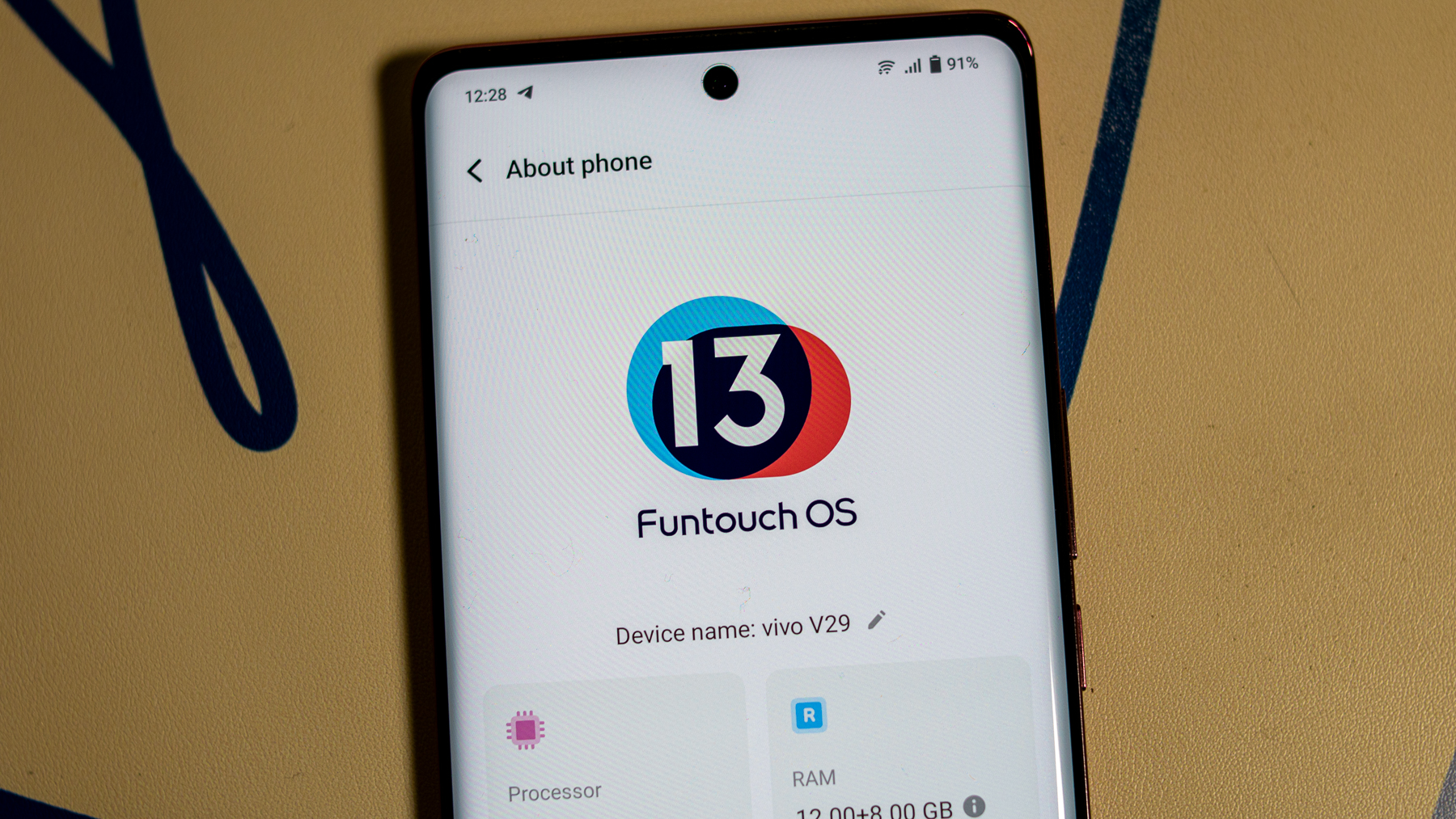
On the other hand, the Vivo V29 runs on the Qualcomm Snapdragon 778G 5G (6nm) processor, a chip that's been around for about two years. Interestingly, the regular V27 is powered by MediaTek's Dimensity 7200, which was only launched earlier this year.
I reached out to Vivo to ask why the company chose an older processor for the V29, and here's what the company's product development team had to say:
"With V series, we want to deliver an all-around carefree package at an attractive price point. A product is always as good as the selection and the combination of its individual parts. We believe that the V-Package is a good match for our consumers' needs, with which they can fully rely on stable and good performance for everyday tasks. Together with advanced features such as the Aura Light with Smart Color Temperature Adjustment and 88W FlashCharge, V29 offers an unparalleled combination of stylish design, studio-level imaging capabilities, powerful performance, and value for money."
Having said that, the chipset kept up with my daily tasks without any major hiccups. While there were a few instances of minor slowdowns and one brief freeze, the phone generally felt responsive and smooth.

But when you fire up certain games, you really notice the difference in performance. With the Pro model, I could smoothly play PUBG Mobile at high frame rates. On the V29, though, I had to tone it down for a decent gaming experience. There's a fancy game boost mode that's supposed to make everything run like butter, but even with it turned on, I couldn't get 60fps unless I cranked the graphics way down.
Vivo V29 and V29 Pro: Cameras
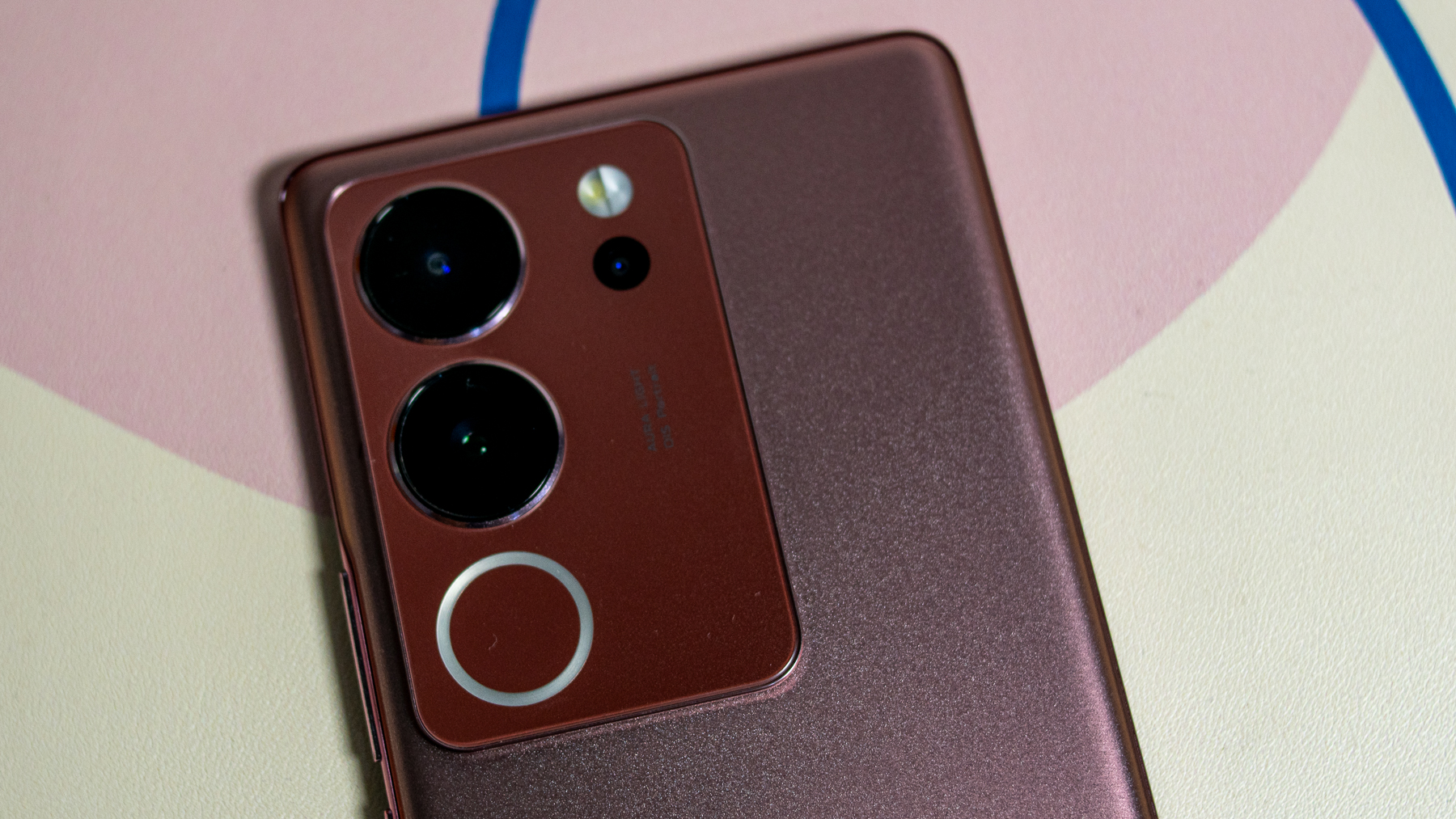
The V series is where Vivo shows off what it can do when it's flying solo. Unlike the X flagship series, which teams up with Zeiss for the cameras, the V29 series is all Vivo's own work. And just like past V series phones, the camera is the real star of the show.
The camera setup on the V29 and V29 Pro is pretty much the same, except the Pro ditches the regular depth sensor for a beefier telephoto lens. This means you can zoom in further on the Pro without things getting blurry. Both phones have a 50MP main camera that packs enough detail, so you can zoom in twice without losing any quality.
As is always the case with Vivo's mid-range lineup, the main camera steals the spotlight here. It takes amazing photos with tons of detail and sharpness. The colors are vibrant, leaning a little towards the livelier side, but they're not overblown. The shots come out crisp, boasting a wide dynamic range and almost no visible noise. Even in tricky lighting, the V29 and V29 Pro somehow manage to capture a ton of details, which is something that most budget Android phones struggle with.






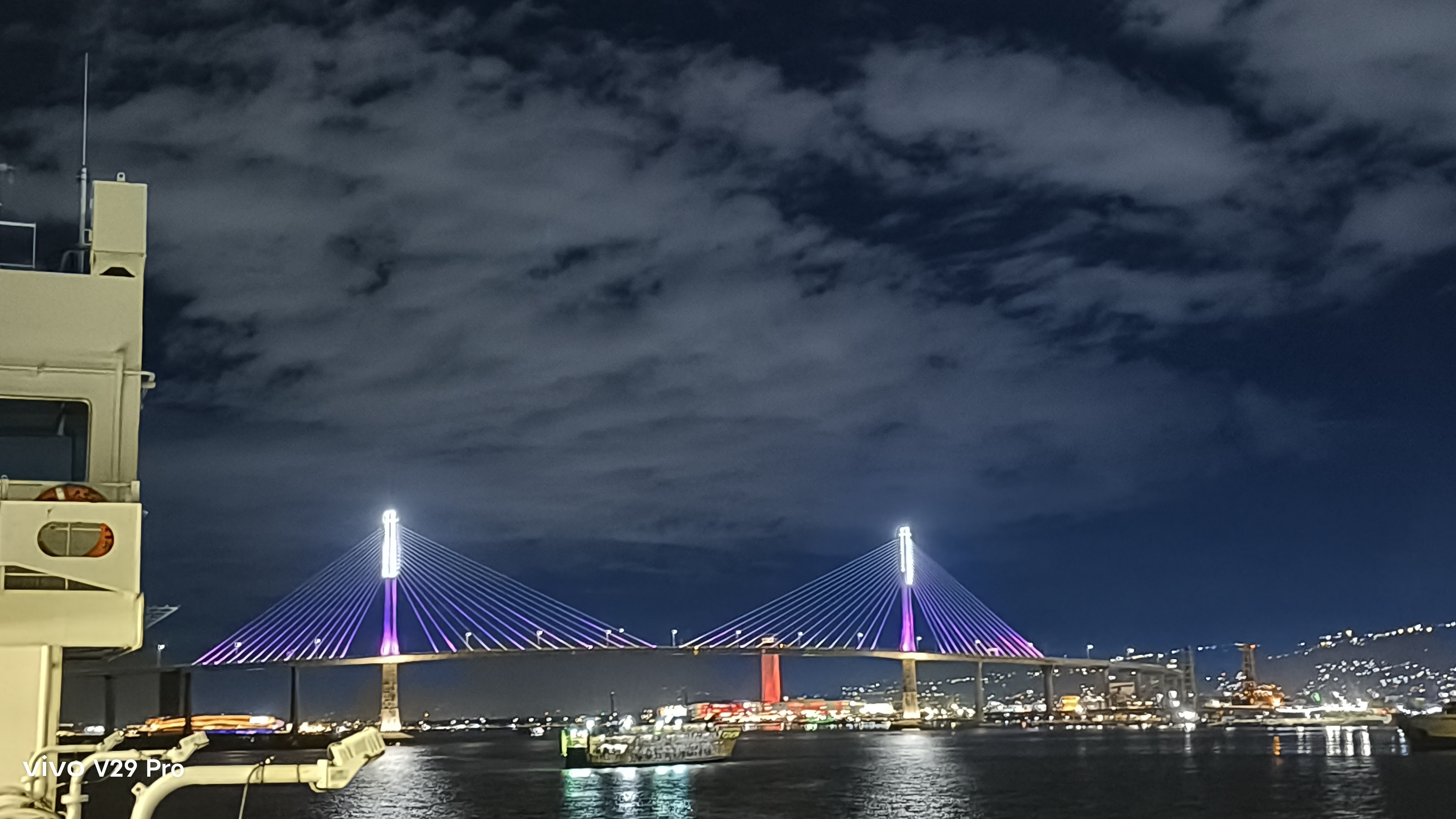
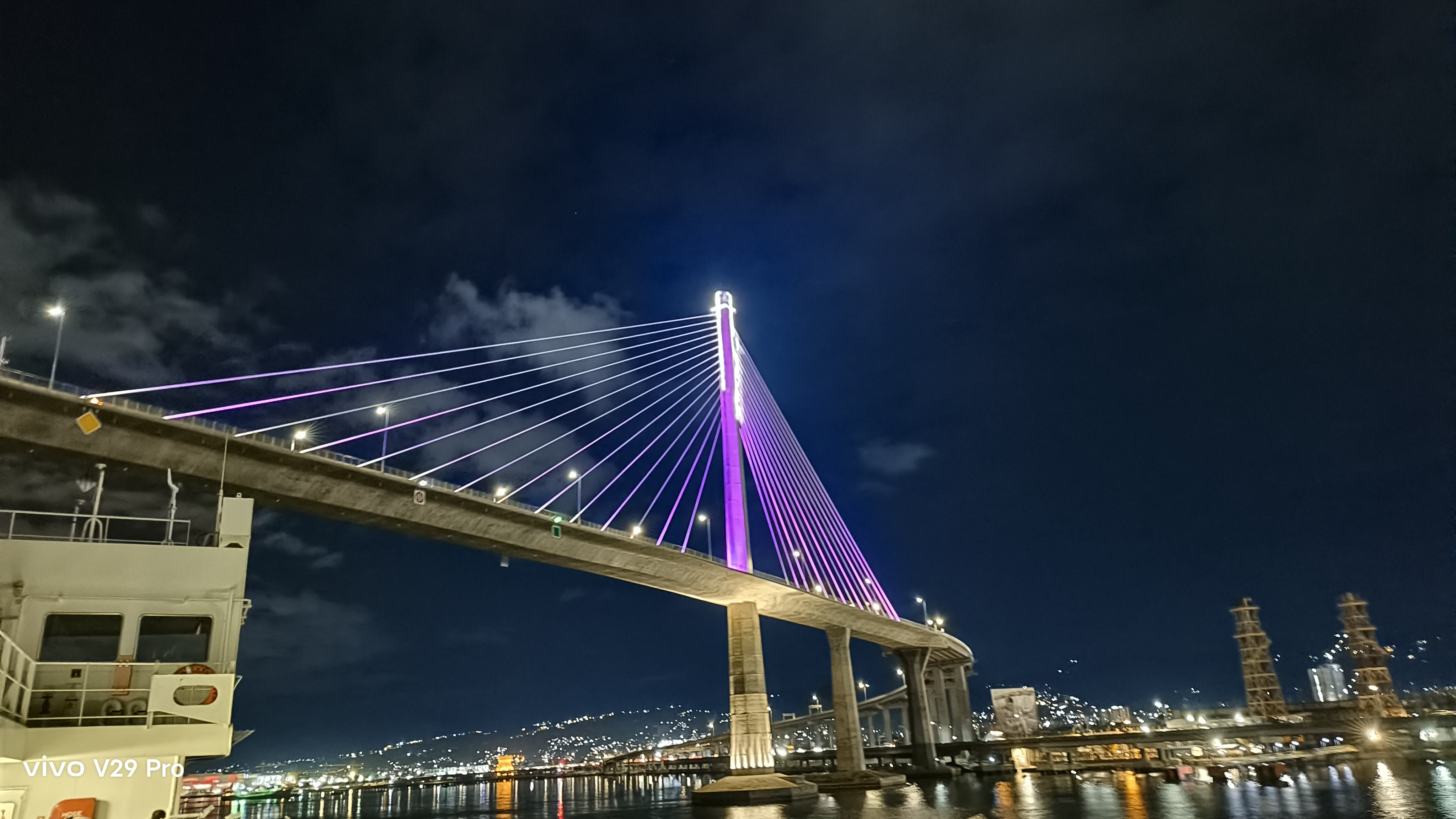









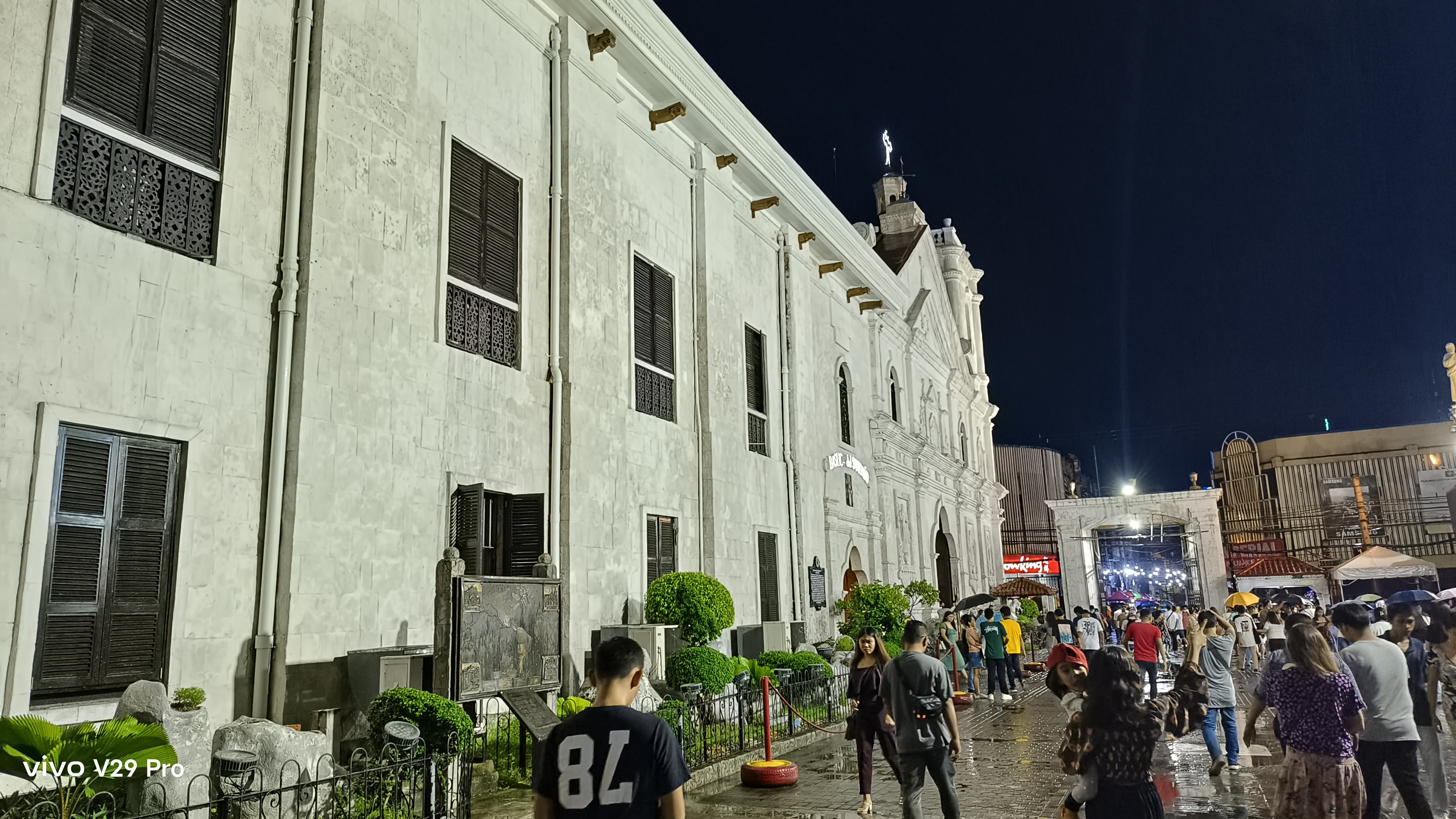
Even when it gets dark or the lights are weird, the camera still holds its own. It picks up enough light even without the fancy ring light, thanks to the built-in stabilizer. But if you're really in a pinch, the ring light comes to the rescue. It evens out the lighting on your subject and automatically adjusts the color so you look your best.
This phone's camera has a secret weapon called Aura Light Portrait. That big circle next to the cameras isn't a flash, but a bi-color light source.
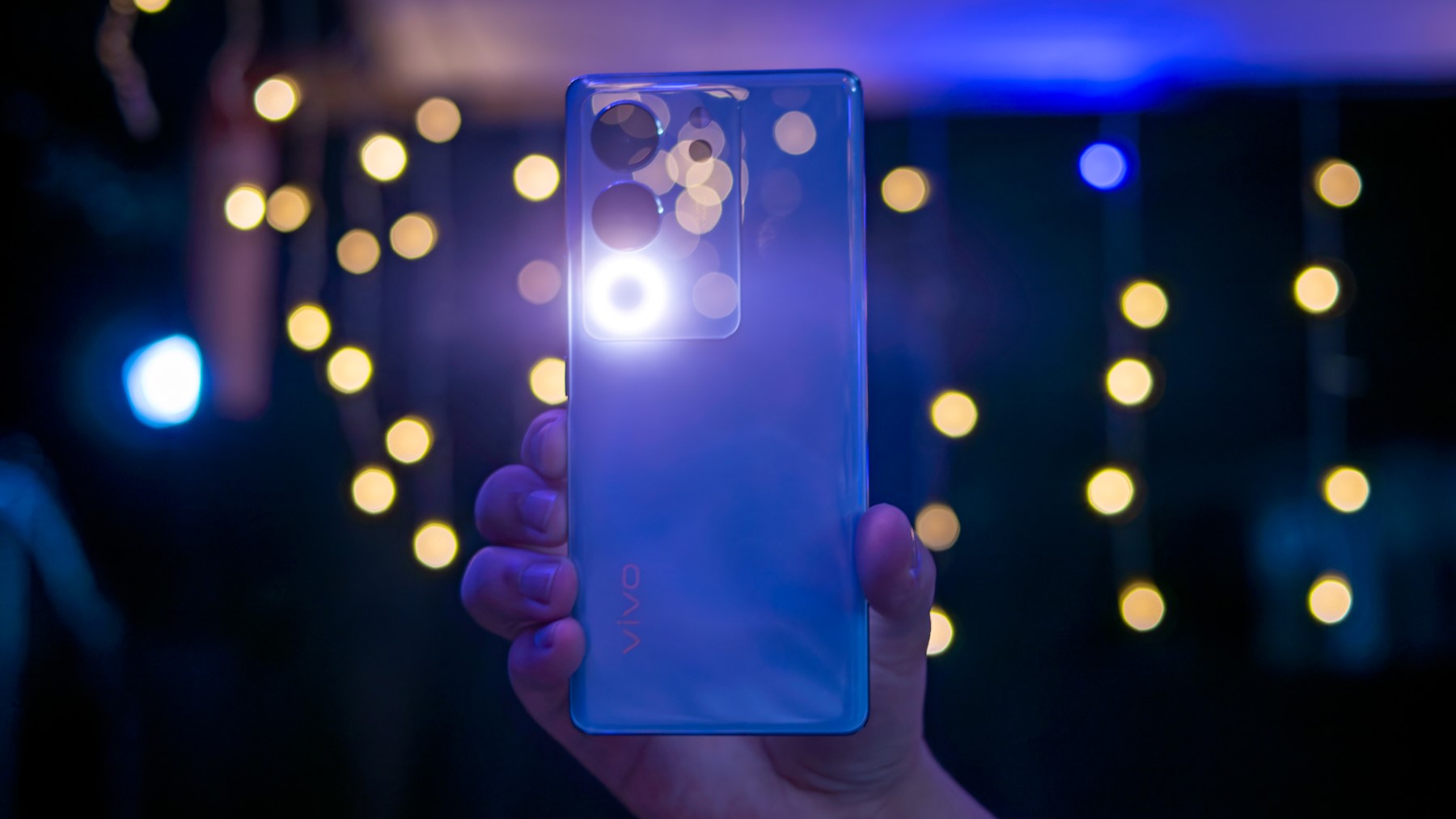
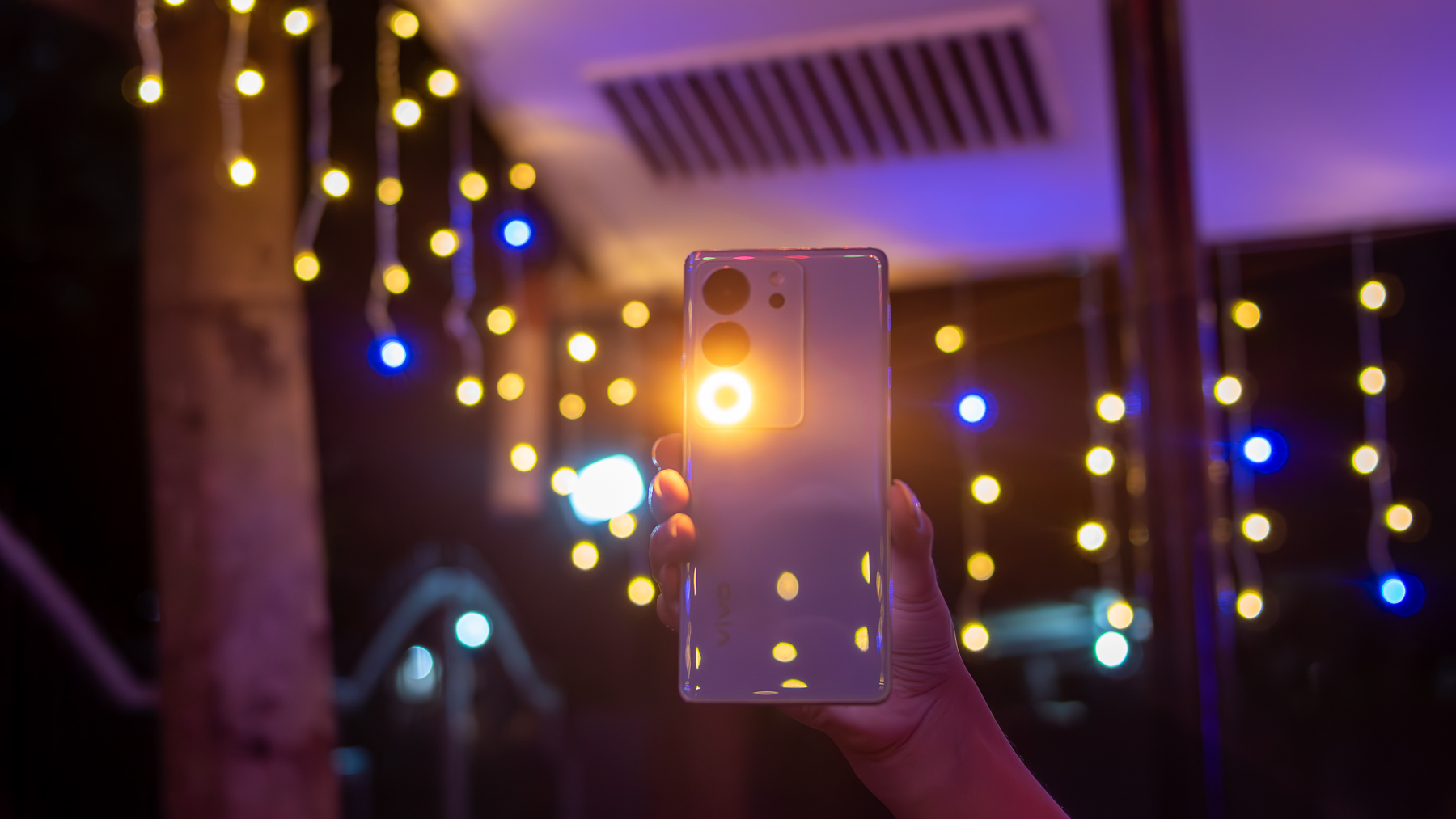
This smart light adjusts itself to match your scene's lighting, giving you a soft fill light that blends right in with your surroundings. As far as I know, it's the only phone on the market with this cool feature.


Sure, the night mode is solid, so you might not find yourself using this smart lighting trick too often in real life, but it's a cool option to have anyway. In my tests, it did a great job of automatically adjusting to the lighting around me, but you can tweak it manually if you want.
On the flip side, the ultra-wide and macro cameras are kind of a let-down. The ultra-wide, though, has its moments and can be useful every now and then. Regardless, you're better off sticking to the main camera and the selfie shooter for the best-quality photos.
Meanwhile, the V29 Pro's 2x zoom lens is a real game-changer, as you can see from the sample photos below. The pictures are super sharp and detailed, and the colors match perfectly with the main camera.


Taking photos with the regular V29 feels just as smooth and fast as the Pro model. There's barely any delay, even when you're snapping tons of pictures, which is awesome considering the V29 doesn't have the same powerhouse processor.
Vivo V29 and V29 Pro: Battery life
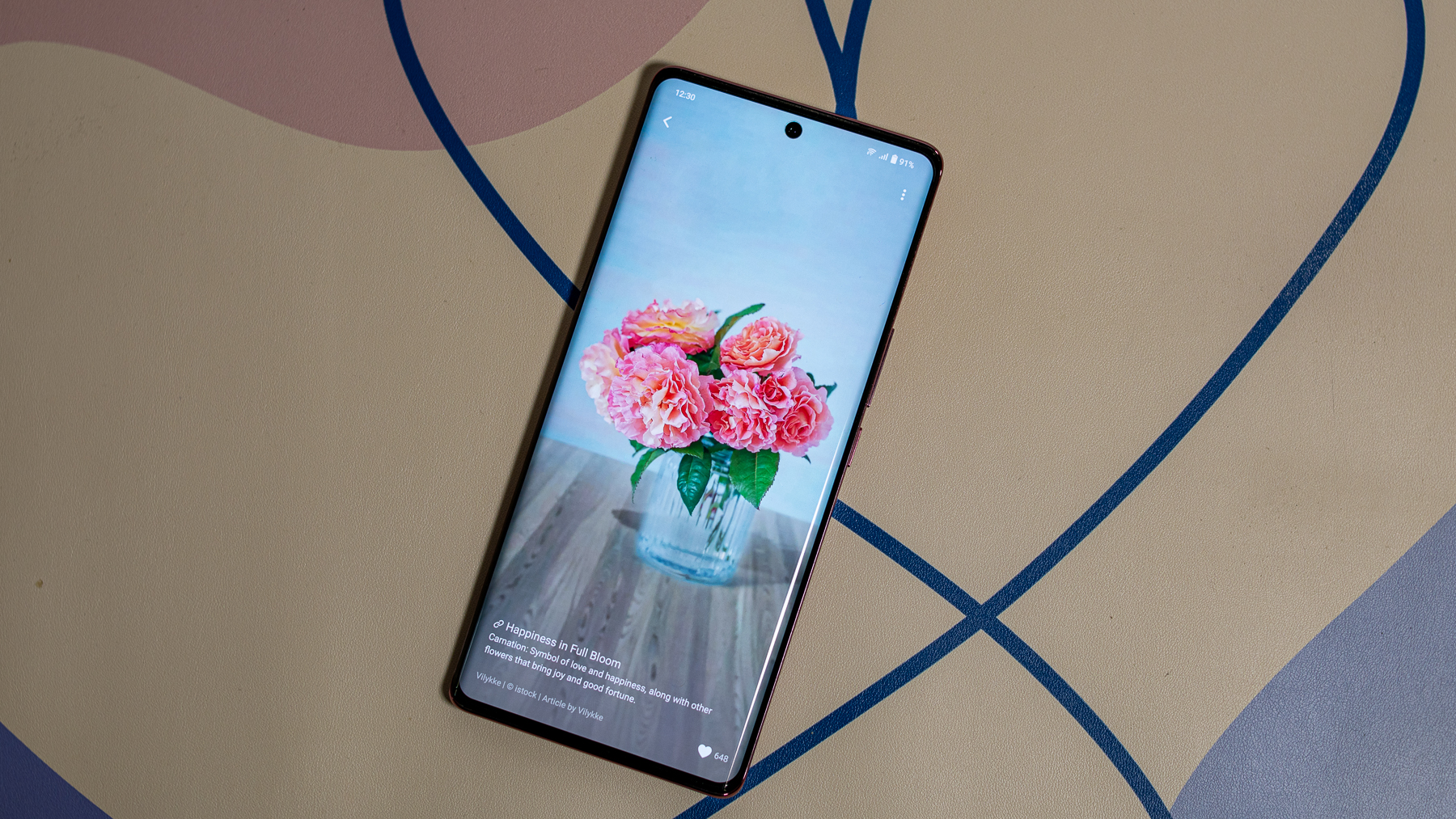
The V29 and V29 Pro pack a 4,600mAh battery, which might not sound huge compared to some other mid-range phones, but don't let that fool you. This battery has always lasted me through the day, even when I was traveling and using my phone like crazy with navigation and tons of screen time. I consistently got more than six hours of screen-on-time on a single charge, which is pretty impressive.
If you're taking it easy on your phone, you could probably stretch that single charge to cover two days. The only small bummer is that there's no wireless charging, which might be a dealbreaker for some. But honestly, the battery life is so good that I never really felt the need for it.
When the battery finally runs dry, the V29 series juices back up at lightning speed thanks to the included 80W wall charger. It's not quite as fast as the crazy 120W charging on some Redmi Note phones, but it's still plenty quick for most of us. You're looking at hitting around 50 percent in just 20 minutes.
Vivo V29 and V29 Pro: The competition
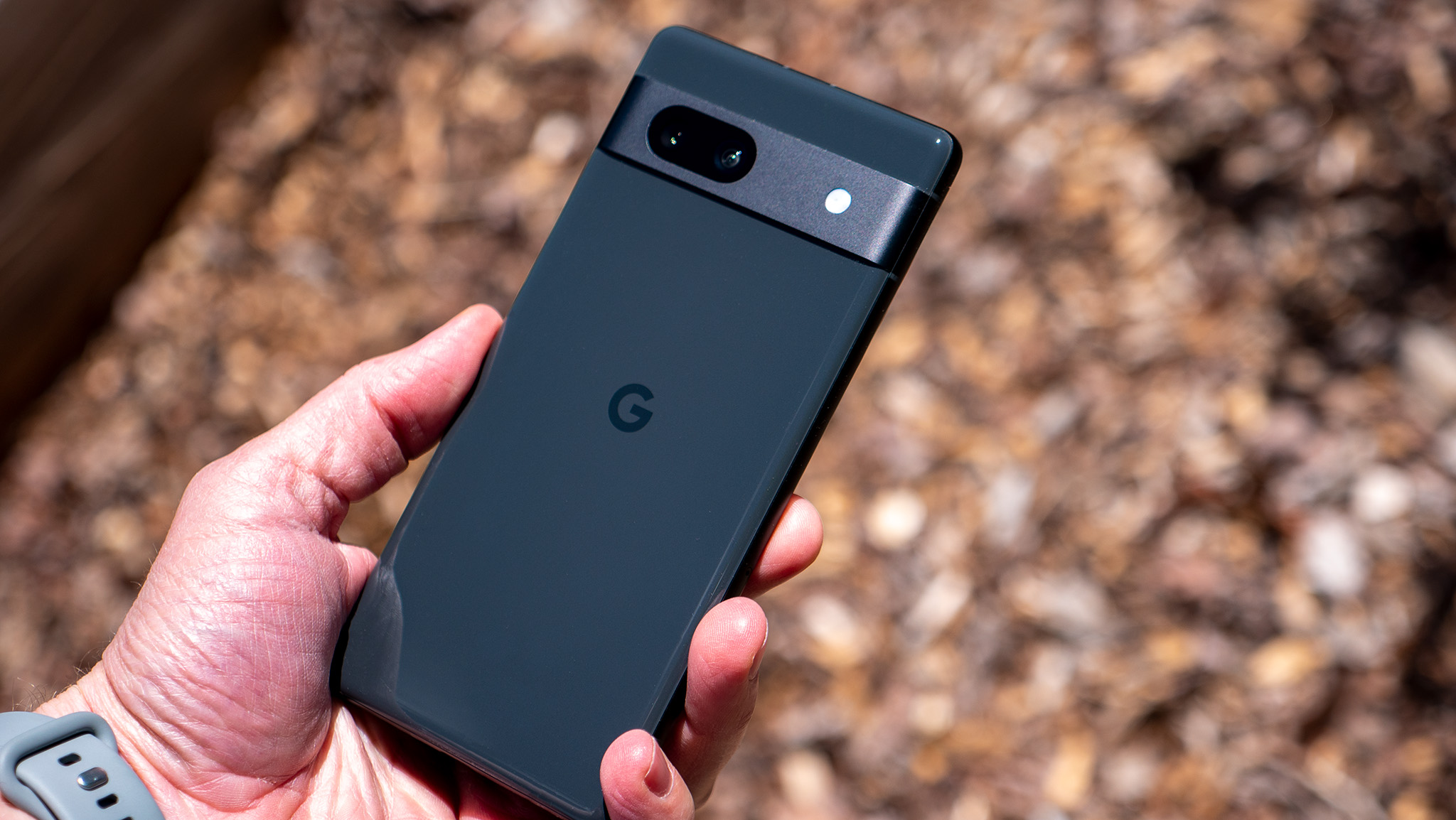
The Vivo V29 series stands out as a pretty solid midrange option, especially if you're all about that camera life. However, it's worth noting that although they hold their own for everyday tasks, the V29 and V29 Pro don't top the charts as the most powerful midrange smartphones out there.
The Google Pixel 7a has more power with its Tensor G2 chipset, better video, and longer software support, while the Xiaomi Redmi Note 13 Pro Plus has faster charging and a better screen.
That said, the V29 is the best option for people looking for a camera-first phone at a price that doesn’t break the bank.
Vivo V29 and V29 Pro: Should you buy them?
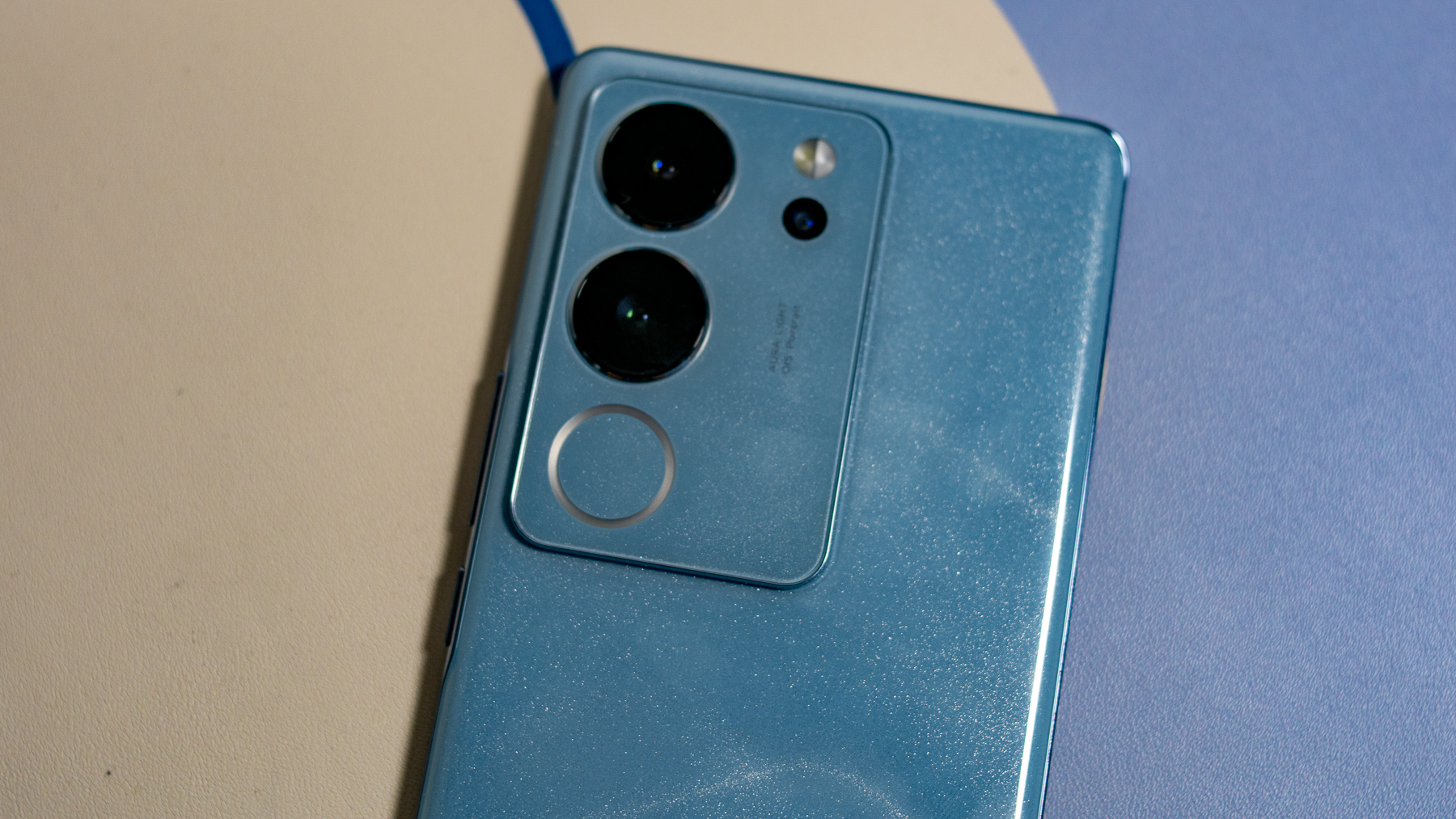
You should buy them if...
- You want a phone that's easy on the weight and feels comfortable to hold.
- You're into a killer display paired with software that meshes perfectly with it.
- You're a fan of phones that can really flex their camera muscles.
You should not buy them if...
- Wireless charging is your jam.
- The absence of stereo speakers in smartphones is a bit of a letdown for you.
- You're not a fan of using cases, because both models tend to slip out of your hands.
If you're on a tight budget, the Vivo V29 already gives you a solid option. It handles your everyday stuff like scrolling through socials, watching videos, jamming to music, and some light gaming without breaking a sweat. But, if you're a serious gamer or you're thinking of doing photo and video editing on your phone, it might be worth splurging a bit more for the V29 Pro.
In the photography showdown, each of these phones has its own strengths and weaknesses. The V29 Pro nails vibrant colors and handles challenging lighting, but the V29 edges ahead in the fine details game, especially in macro mode. Despite that, my vote goes to the V29 Pro for photography, mainly thanks to its beefier processing power.

Jay Bonggolto always keeps a nose for news. He has been writing about consumer tech and apps for as long as he can remember, and he has used a variety of Android phones since falling in love with Jelly Bean. Send him a direct message via Twitter or LinkedIn.
